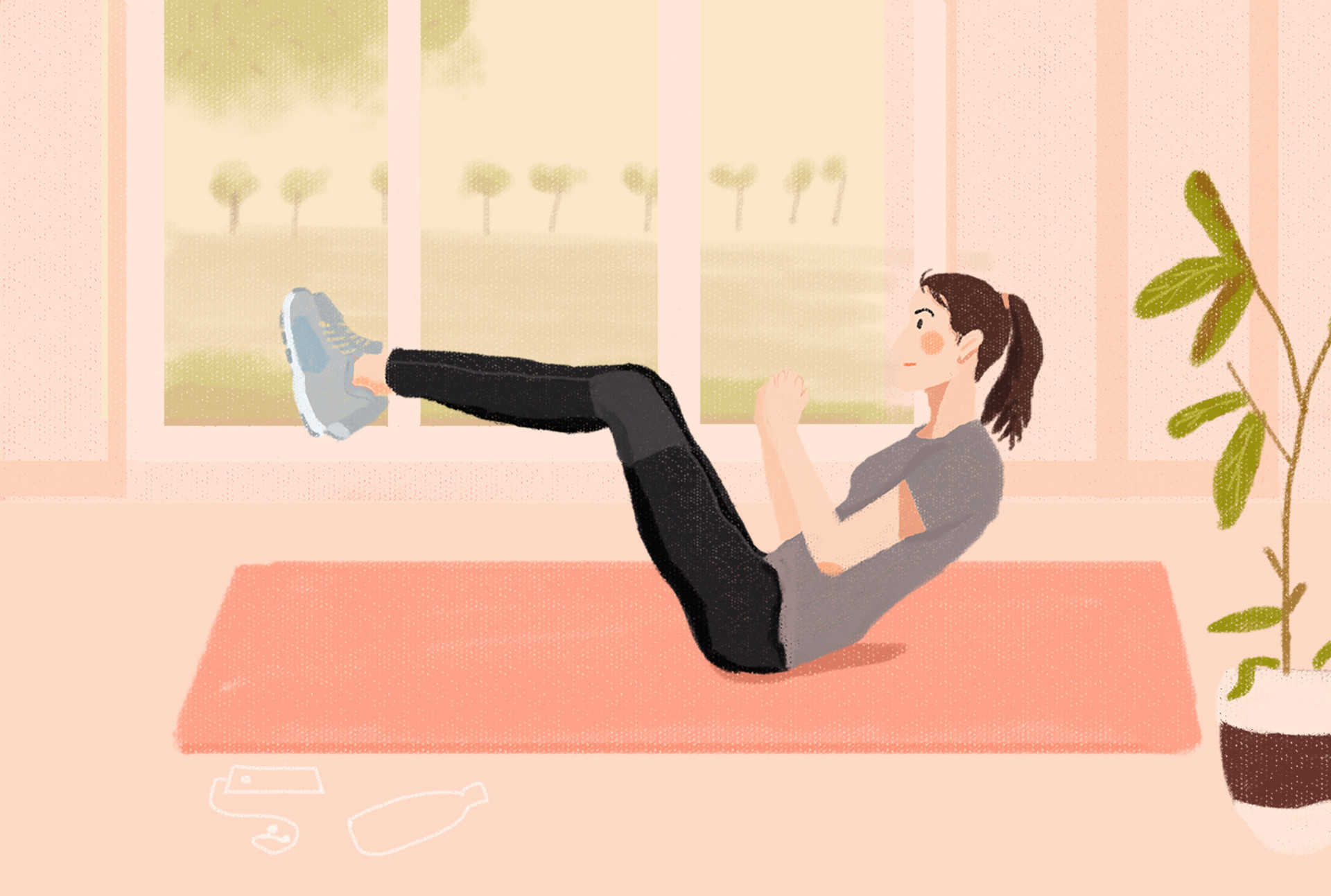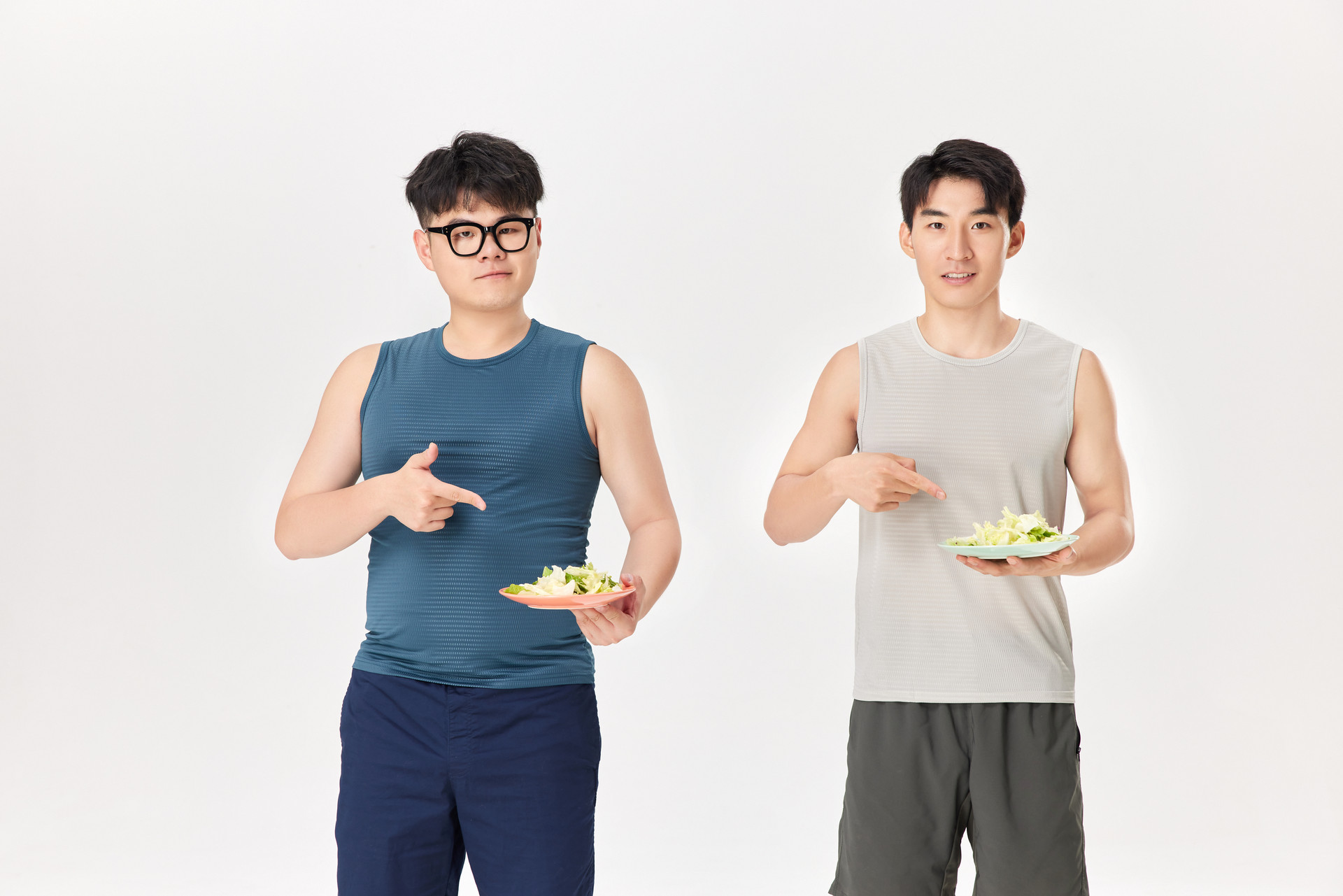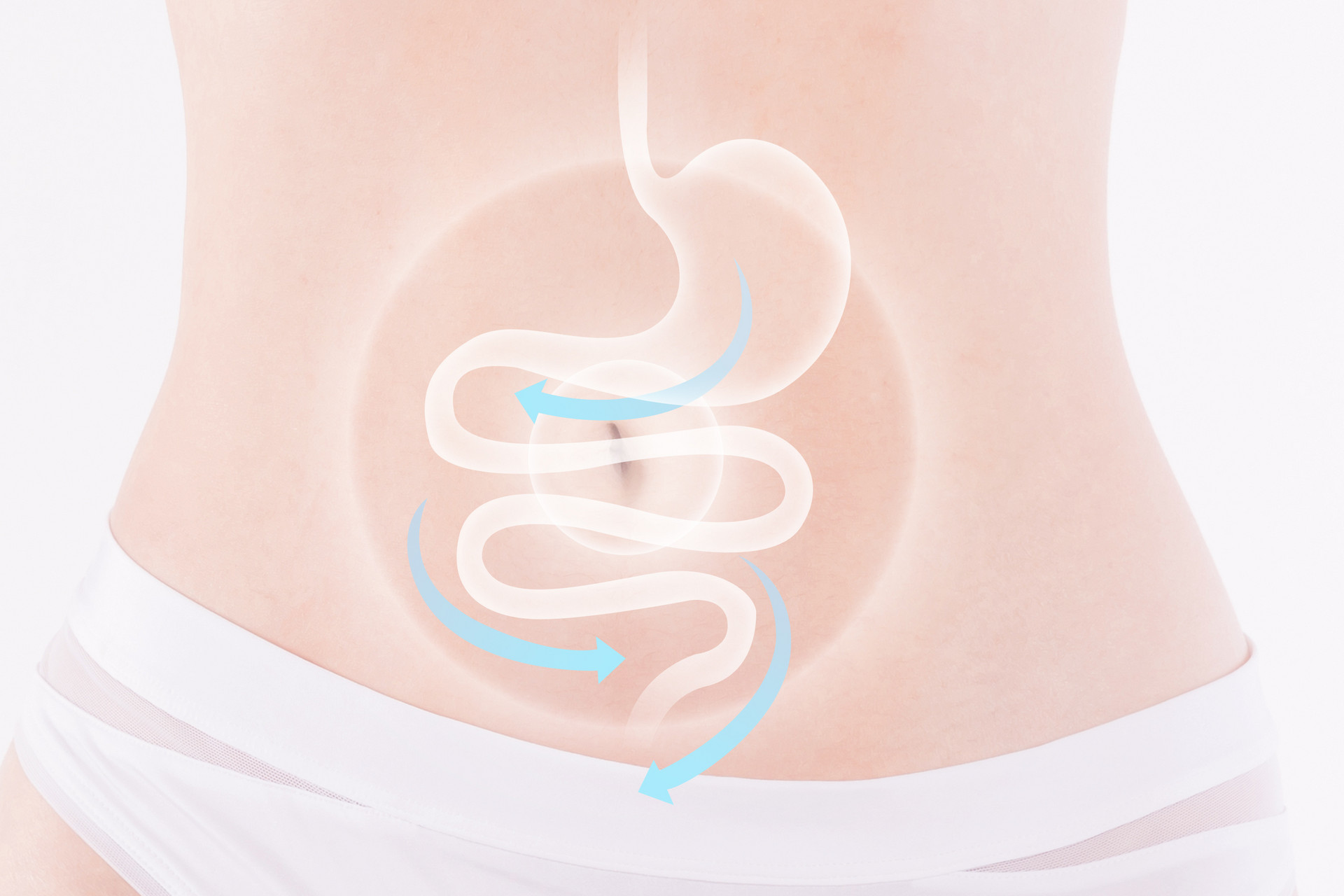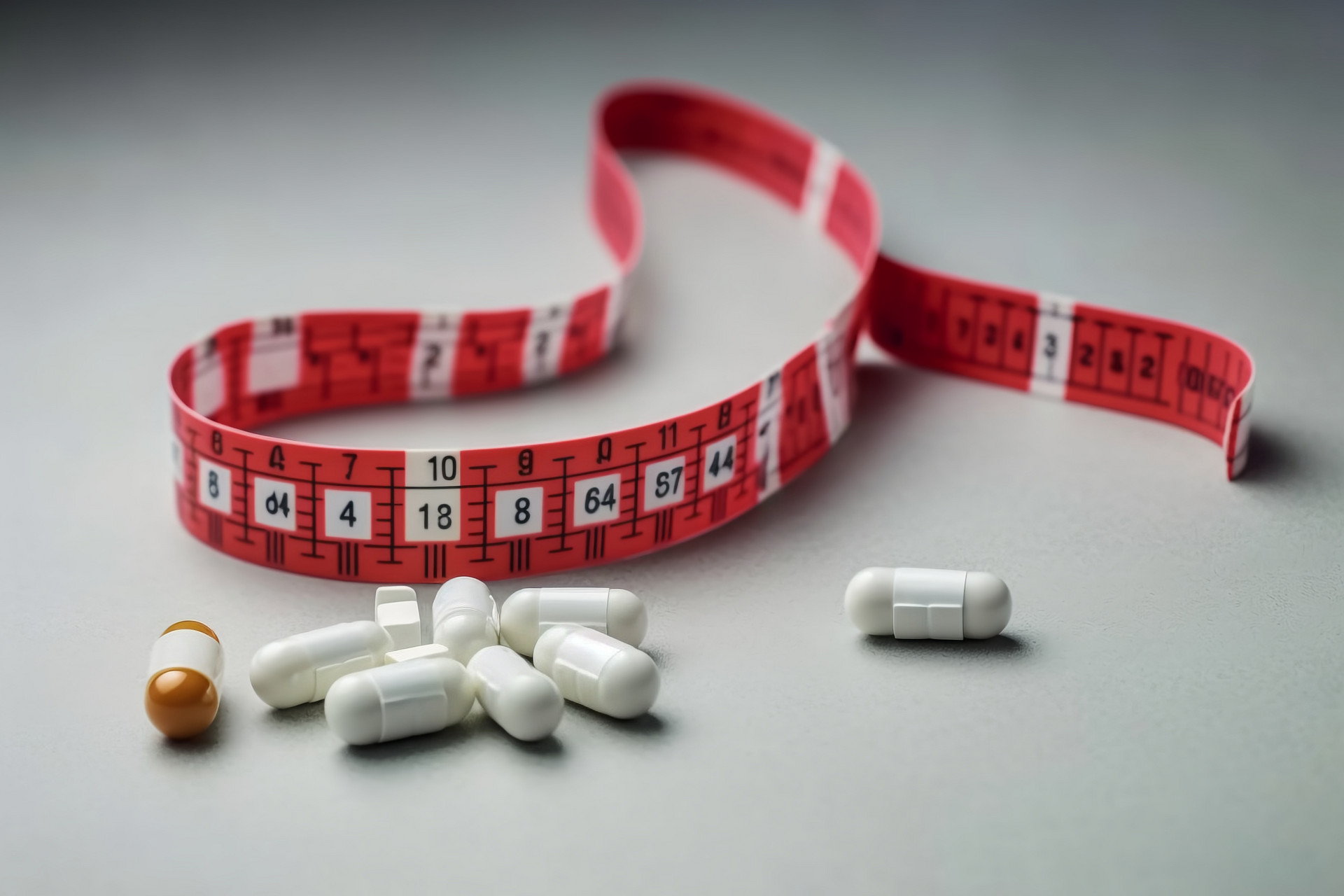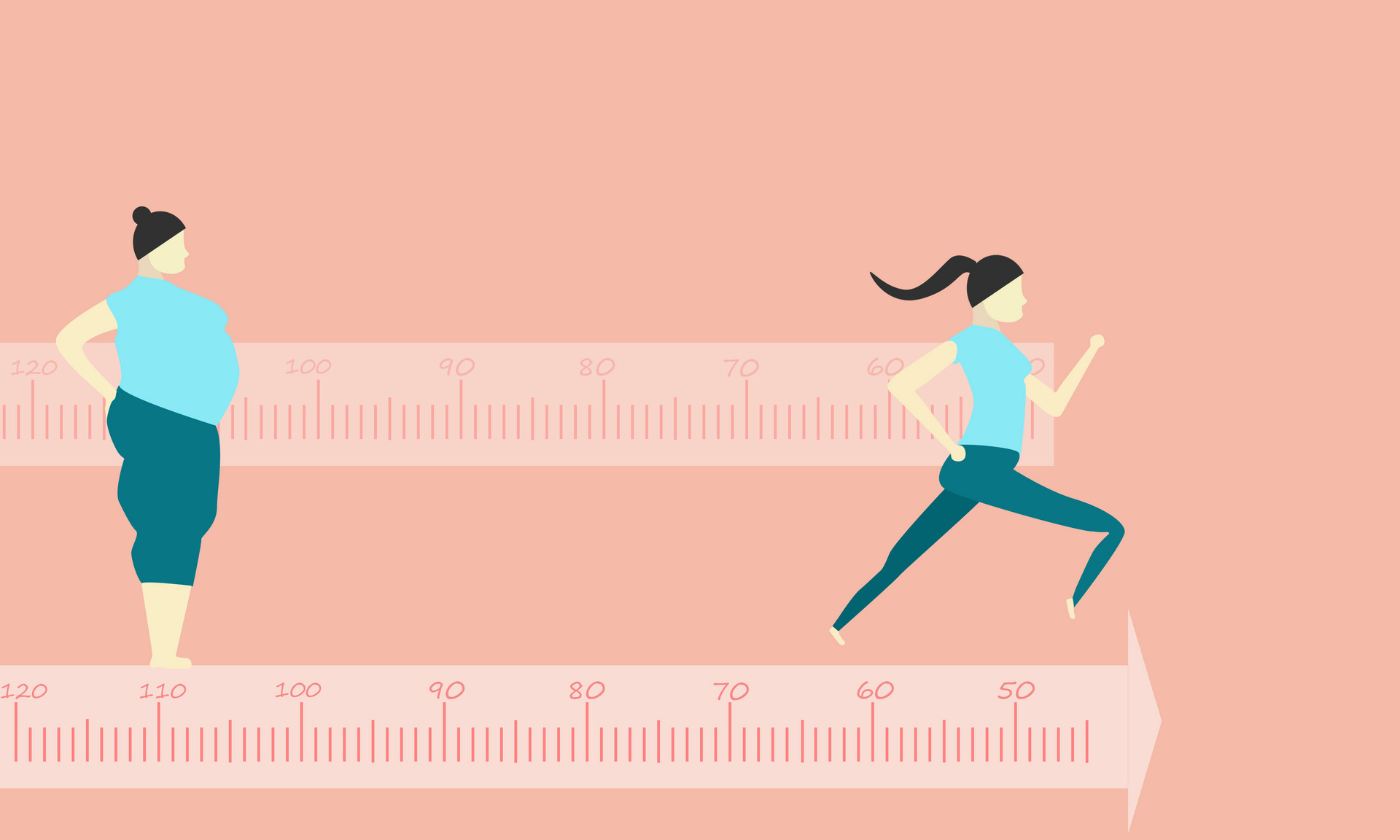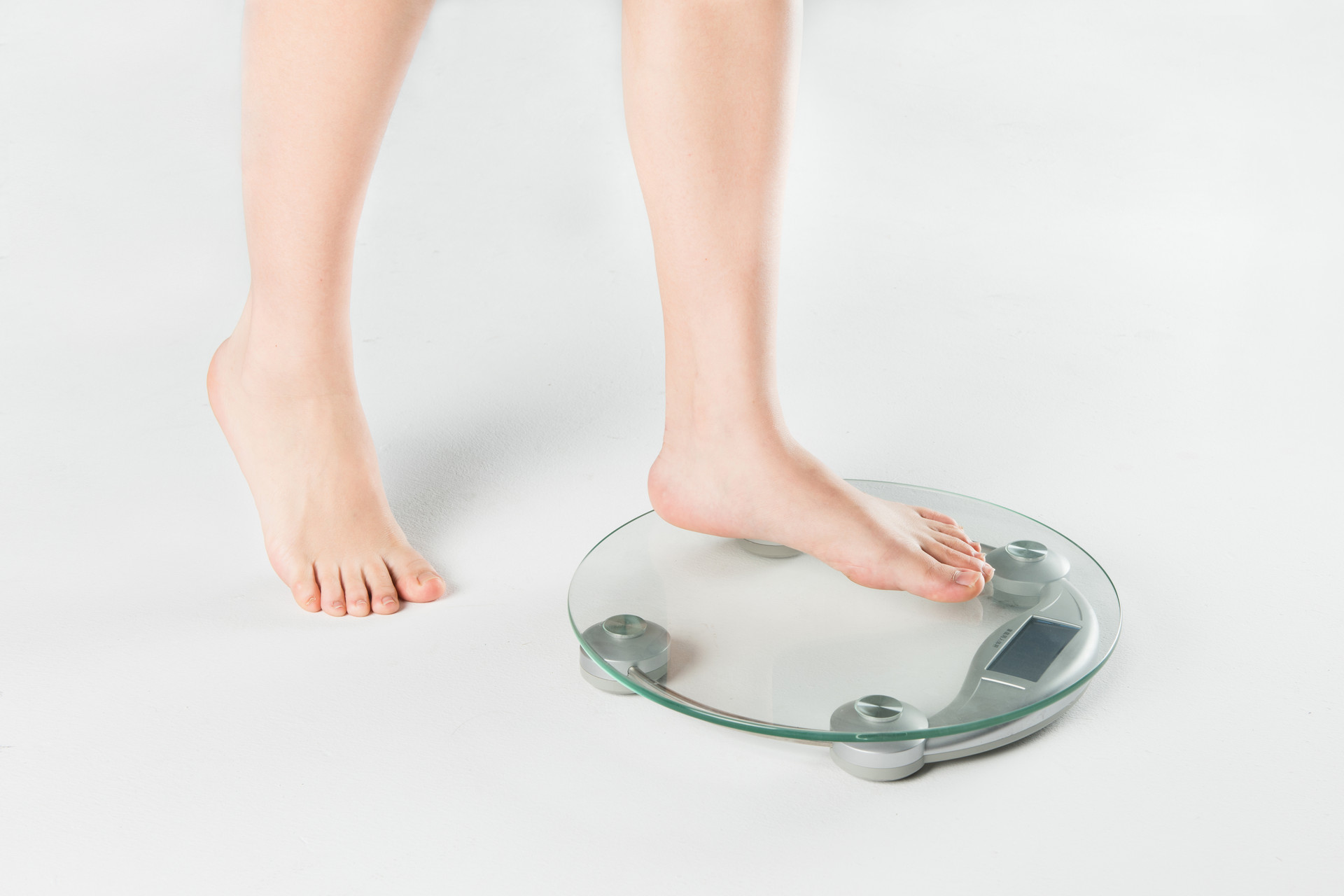
With the improvement of people's living standards, the number of obese people is increasing. High blood lipids, high cholesterol, fatty liver, obesity-related hypertension, cardiovascular disease, cerebrovascular disease, etc. are commonly seen in clinical practice, and the incidence is on the rise. The use of traditional Chinese medicine and herbal medicine for syndrome differentiation treatment can achieve good results in reducing lipids and losing weight. Here, the reports in various medical journals in recent years are summarized with regard to commonly used drugs and prescriptions.
The introduction is as follows:
1. Harmonizing the Stomach and Dissolving Fat Method: Most of the obesity is caused by excessive sweetness and fatty foods, which tend to accumulate in the stomach, leading to bloating, belching, acid reflux, foul taste in the mouth, and greasy tongue coating. Early use of hawthorn, barley malt, and radish seed can help to harmonize the stomach and aid digestion, which is very effective. These medicines have long been recorded in the Compendium of Materia Medica for removing fat deposits. Traditional formulas such as Jiao San Xian and Bao He Wan are commonly used in pediatric medicine. Commercially available hawthorn fruits, hawthorn cakes, and hawthorn snacks are sweet and delicious, convenient to carry, and easy to take. Fresh radish seed can be eaten raw or stir-fried, and it can be considered the simplest dietary therapy for reducing lipids and losing weight.
2. Expanding the Chest and Transforming Phlegm Method: Traditional Chinese medical literature has the theory that "obese individuals tend to have phlegm". This phlegm obviously refers to the turbid phlegm in obesity, which is excessive fat. Clinically, obese individuals often experience shortness of breath, chest tightness, dizziness, vomiting, nausea, and a slippery and greasy tongue coating. Some people have excessive phlegm-fire, with a quick temper, easy to get angry, leading to high blood pressure, headaches, dizziness, and restless sleep, with a yellow and greasy tongue coating and dry stools. They are prone to cardiovascular and cerebrovascular diseases. When encountering these patterns, the most appropriate method is to use the Chest-expanding and Phlegm-transforming method.
3. Activating Blood Circulation and Dispelling Blood Stasis Method: In obese individuals, there is an excessive amount of fat in the blood, which can easily lead to atherosclerosis, especially cardiovascular and cerebrovascular diseases. Medicines that activate blood circulation and dispel blood stasis have effects on dilating coronary arteries, increasing blood flow, reducing blood lipids, preventing plaque formation, and promoting plaque regression. For obese individuals with blood stasis, women with amenorrhea, or those with purple spots on the tongue, the Activating Blood Circulation and Dispelling Blood Stasis method can not only reduce lipids and lose weight but also treat diseases, achieving a dual purpose. Commonly used medicines for activating blood circulation and dispelling blood stasis and reducing lipids include Chinese angelica, chuanxiong (lovage rhizome), which is the main ingredient in the ancient formula Foshou San, good at promoting blood circulation, regulating menstruation, and relieving pain, and is the first choice. Salvia miltiorrhiza, which has the same function as Siwu Tang (Four-Ingredient Decoction), is commonly used to treat cardiovascular and cerebrovascular diseases. Paeonia lactiflora and Achyranthes bidentata are good at activating blood circulation and relaxing tendons, and are suitable for those with blood stasis and meridian obstruction. Notoginseng and pollia condensata are good at activating blood circulation and relieving pain, and are often selected for those with blood stasis and pain. Commercially available Danshen preparations, compound Danshen preparations, Coronary No.1 Formula, and Coronary No.2 Formula all have the effects of activating blood circulation, dispelling blood stasis, and reducing lipids.
Commonly used medicines such as Trichosanthes kirilowii, also known as gua lou, are the main medicines for expanding the chest and transforming phlegm. Commercially available gua lou preparations are made from this ingredient and can reduce blood lipids, especially effective in treating coronary heart disease. Gua lou seeds also have a laxative effect, which is especially suitable for those with internal phlegm-fire accumulation and constipation. Allium macrostemon, also known as xie bai, is often used in combination with gua lou in clinical practice, as in the Guolou Xiebai Decoction used by the famous physician Zhang Zhongjing in the Han Dynasty to treat chest pain and heartache. It has been used for thousands of years. Aurantium fructus and citrus aurantium can both expand the chest and transform phlegm. When combined with tangerine peel and pinellia, they form the Warm Gallbladder Decoction method, which is commonly used to treat obesity with phlegm-dampness accumulation, palpitations, and insomnia. Pinellia can transform phlegm and harmonize the stomach to stop vomiting. When combined with tangerine peel, it becomes the main medicine in the Er Chen Tang (Two Aged Decoction), which is a traditional formula for transforming phlegm-dampness. It is commonly used to treat various phlegm disorders, whether it is vomiting phlegm-saliva or coughing with excessive phlegm, dizziness, palpitations, and other conditions. According to the records in the medical literature, it evolved from the Warm Gallbladder Decoction. Tangerine peel, also known as chen pi, has a fragrant aroma, which can regulate qi and transform phlegm, and is commercially available as chen pi plum and dried tangerine peel strips, which are delicious and can be used as dietary therapy for reducing lipids.


